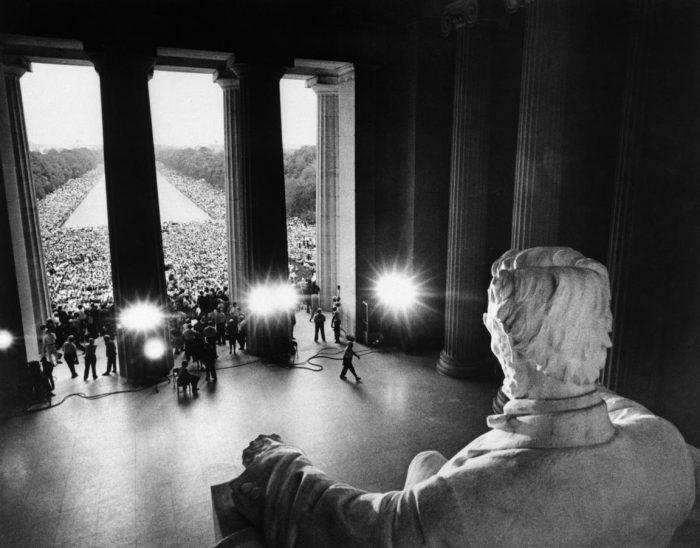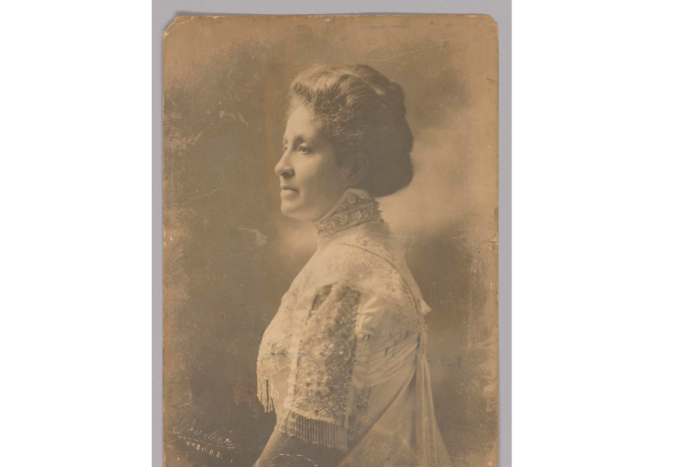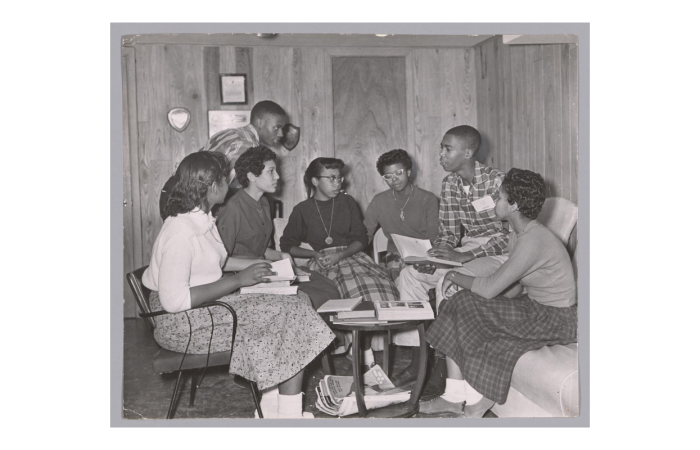Women’s History Month: A Legacy of Service and Renewed Commitments
Reflecting on the voices left unheard and the stories left overlooked.

In 1963, Dorothy Height sat alongside household names like Martin Luther King, Jr. and John Lewis, gazing out at the thousands assembled for the March on Washington. Height was the president of the National Council of Negro Women and had been instrumental in organizing the March. She was a widely respected and influential leader in the Civil Rights Movement. Still, she had not been invited to speak. In fact, no women were scheduled in the initial lineup; Height had to convince fellow organizers to include Daisy Bates, the only woman who spoke in the official program.
This Women’s History Month, I have been reflecting on what that moment says about our history – all the voices left unheard and the stories left overlooked. Much of my career at the Smithsonian has been dedicated to encouraging our public to listen to those voices and engage with those stories. In the decades since I entered the museum field, I have witnessed growing commitment to these goals that has resulted in real, positive impact. While I welcome this progress, I know that we can do more. The Smithsonian can continue to push ourselves and our communities to acknowledge women’s pivotal roles in American history. We can value and represent women’s leadership, especially in those areas where women are not traditionally seen as leaders.
I have been especially inspired this month by the long and powerful history of female activists, women who struggled for equality and championed change. Women like Mary Church Terrell, who pushed the suffrage movement to enfranchise all women, regardless of skin color. Women like Dorothy Height and Daisy Bates, whose names are too often obscured by the legends of the men around them. Women like the Delta Sigma Thetas, an HBCU sorority that brought books and educational resources into segregated schools of the Jim Crow south. These women remind me why we study history. Their commitment to service encourages all of us to agitate for change, to push for a more equitable society.

For the past two years, the American Women’s History Initiative (AWHI) has led this charge at the Smithsonian. With new curatorial approaches, new programming and outreach, and new exhibitions, AWHI has deepened our understanding and appreciation of women’s contributions throughout history and today. I am thrilled by all the initiative has accomplished, and I am even more thrilled by what comes next.

This past December, the Smithsonian American Women’s History Museum was signed into law. This moment represents a major step in our country’s commitment to honoring American women on a national scale. Having been through the process of building a new museum, I know that the road will be long. And I also know how exciting, how inspiring, and how necessary this step is.
We can never know what Dorothy Height would have said, had she spoken that day in Washington. But soon, in this same city, we will have a monument that gives Dorothy and women like her the recognition they deserve, that establishes them at the heart of our nation’s history. The Smithsonian American Women’s History Museum will honor these contributions, teach us to embrace the lessons of their lives, and pass their voices down through generations.
Posted: 25 March 2021
- Categories:








I think he is a well-qualified and dedicated historian and director who will serve the Smithsonian and the American people very well. I continue to look forward to his leadership to see what is next on the horizon .